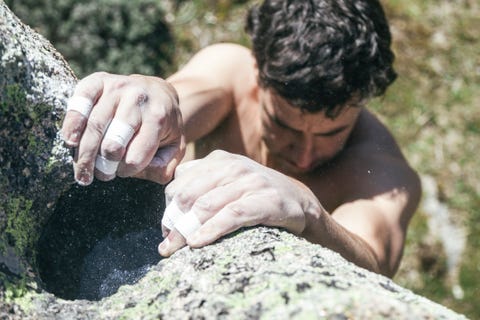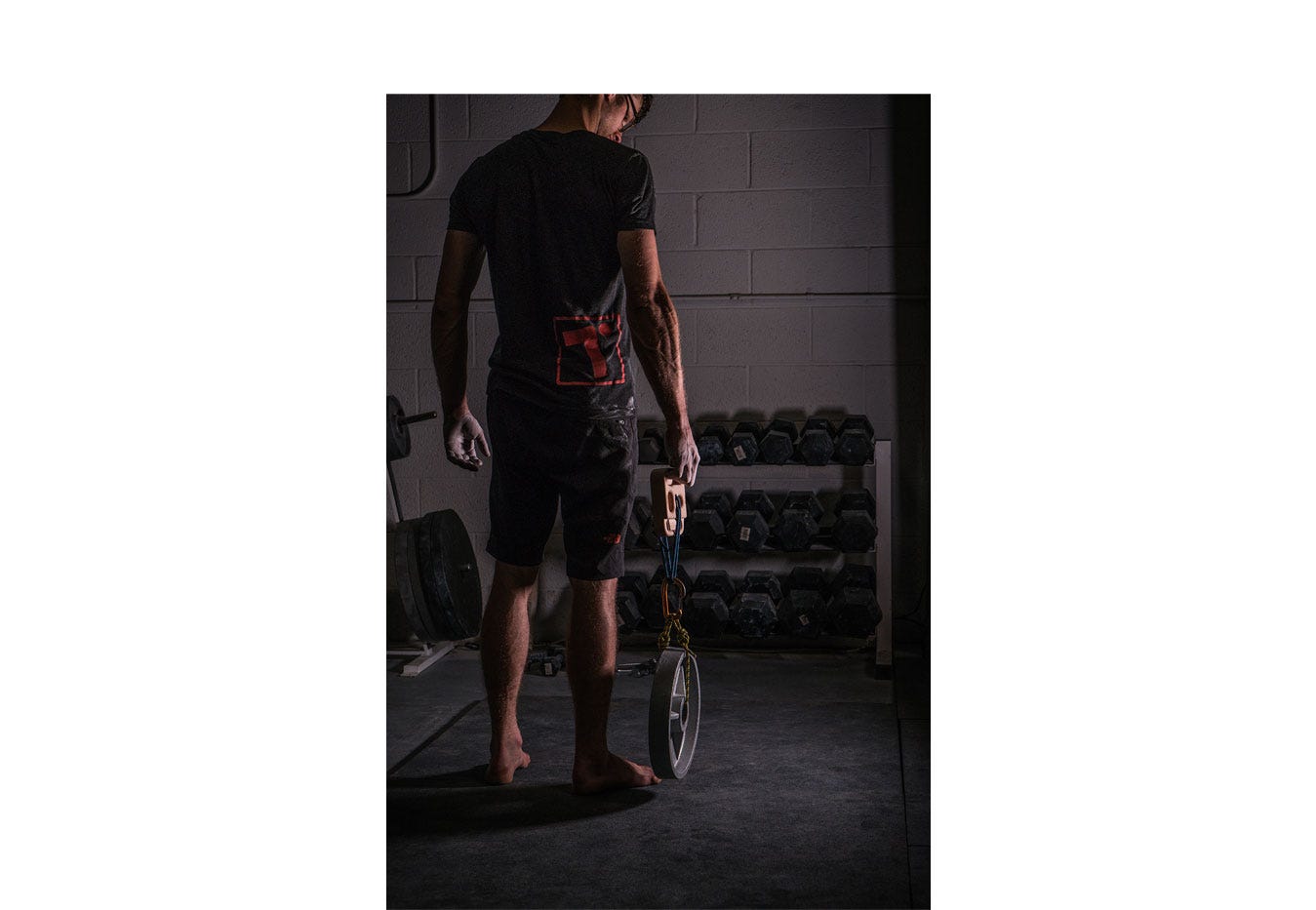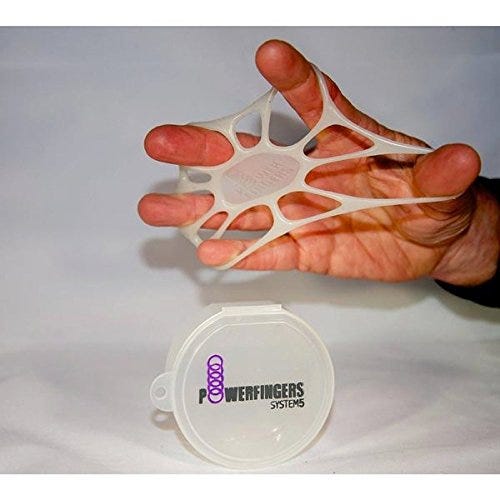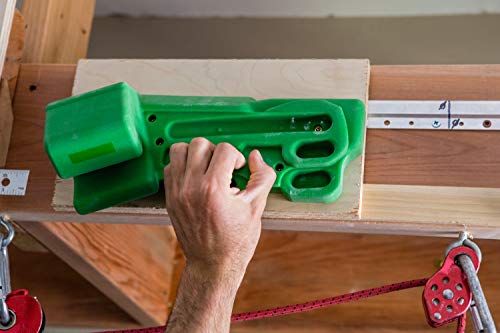How to Train for Grip Strength Like a Climber


When the awe-inspiring documentary Free Solo came out last year, climbing got even hotter, and the internet obsessed about the film’s subject Alex Honnold and his “ripped” hands.
View this post on Instagram
Inspecting my gear on the way up El Cap… @jimmy_chin photo from the film Free Solo. It’s been a wild ride all over the country for the last few weeks – huge thanks to everyone who’s already come out to see the film. For those asking about screenings in specific cities (or Europe, or Canada, etc) – be patient, it’s expanding each week. And eventually it’ll be on TV and streaming online. But it’s definitely way better to see on the biggest screen possible – you have to do El Cap justice!
A post shared by Alex Honnold (@alexhonnold) on
If yours are more laptop keyboard than hangboard, there are some steps you can take to work your mitts into climbing shape. Just know that your hands are never going to get “swole” if they’re not already—there just isn’t a ton of muscle there to begin with.
“Most of finger strength is neurological development and strengthening of connective tissues,” says Steve Bechtel, a Lander, Wyoming-based climbing coach with Climb Strong.
But finger training—combined with actual climbing, of course—can help your ascents… and those of everyone else who’s in the climbing gym, thanks to the Honnold doc, plus The Dawn Wall, and climbing’s Olympic debut in 2020. Use these products to get your fingers in the game.
The Block: Trains Finger Strength
Squarely in the looks simple/not easy category. The Block, by Tension Climbing, is a piece of wood with several different finger holds and a string. Tie a weight to the string, and go: “Try picking up that weight with just one finger,” says Bechtel.
Work up slowly, because tendon injuries are a pain. Start with a weight you can easily navigate a few reps with before adding more. “It’s crazy how strong some people’s fingers can get,” he says.
Powerfingers: Strengthens Forearms
“Climbing, in general, does a pretty good job strengthening your lats, pecs and forearm muscles,” says Chi Harris, a Portland, Oregon-based coach. “But what gets overlooked are the antagonistic muscles—the ones that get used opposite your main climbing muscles.”
If you only use one set of muscles in a really specific way, “you get pulled out of normalcy, so your body is out of equilibrium.” Powerfingers helps fix this. To counter all the grabbing you’re doing while climbing, these bands wrap around your fingers and spread them apart, so you’re forced to work the rest of the muscles in your forearms.
The Hangboard: Next-Level Training
After free-soloing El Cap, Honnold finished his day by doing a few rounds of pull-ups on a hangboard—a board that you literally hang from via your fingers. It looks sick, and you’re going to want to try it. Unfortunately, hangboards are for advanced climbers only, says Harris, who only lets clients with three years of experience use them. “It takes up to three years for your body to adapt to the stress of climbing,” he says.
When you’re ready, look for one that offers a range of grips so you can experiment with the ones you find most challenging. Start with 30 to 40 minutes of climbing before you hit the board, says Harris.
If you can’t jump right in with pull-ups, as is true with many people, start with repeaters: “You’re going to repeat the same hang for a series of reps, then rest,” says Harris. Aim for 5-10 reps of 10 seconds hanging and five quick seconds off the board. “You’re not going to last very long,” he says, but you can slowly build up your ability to endure that hold.
Source: Read Full Article


